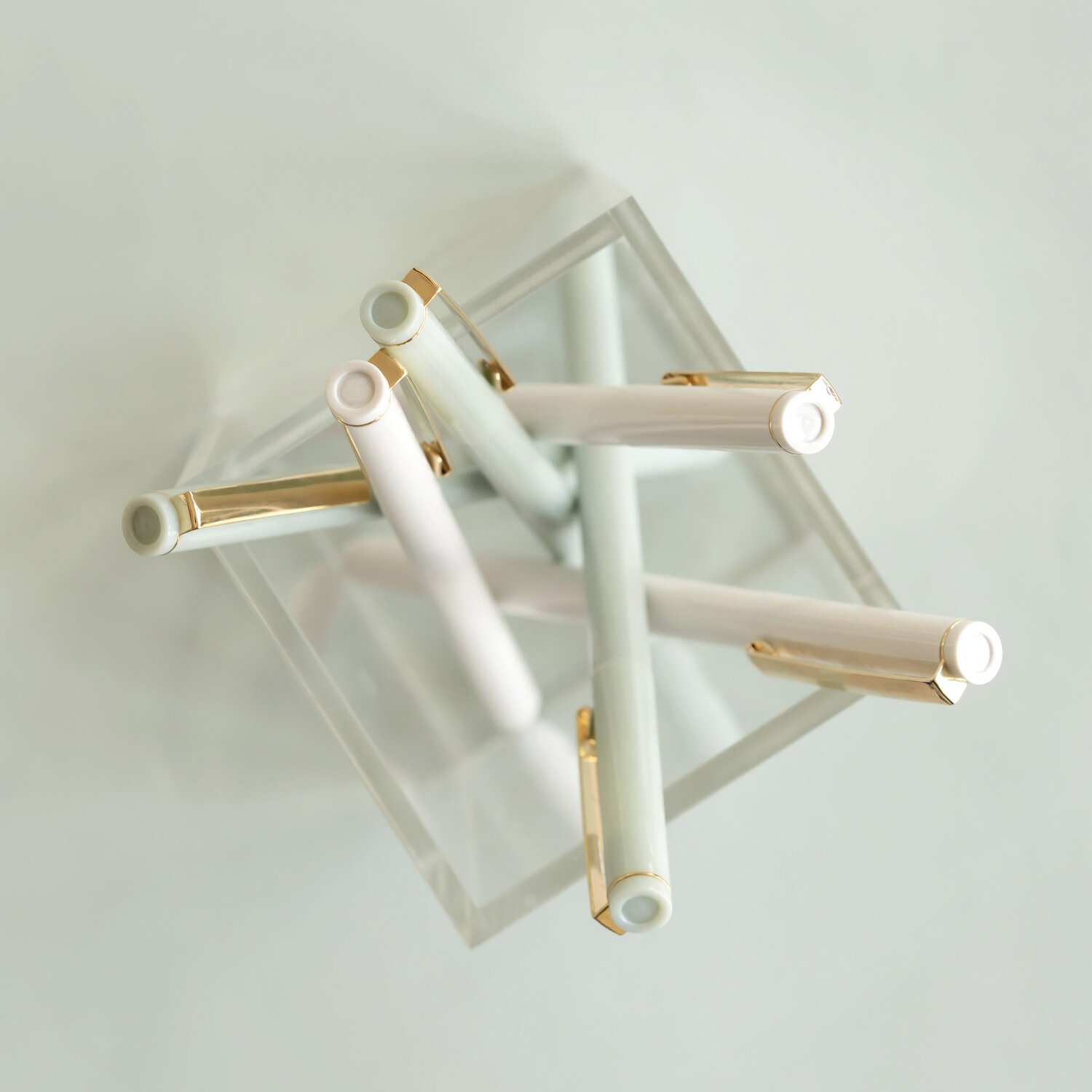How To 📍 Pinpoint Your Ideal Client And Make More Money
If you follow me on Instagram, you'll know that I am working on rebranding my business from Lucianne Soley to Soley Creative and to do that I have been working on my brand strategy. An essential part of brand strategy is to identify and profile your ideal client. Identifying this person can also give you the focus in product or service creation, marketing and sales. Although this is a single profile more often than not you will still resonate with a wide audience, however, you will resonate MOST with this specific type of person - I mean, why not work with the kind of person you would prefer to the most often?
At launch, like many small business owners, I wore every 'hat' and just wanted to get my graphic design services out there to make money. Looking back, I wish I had put the time and effort into thinking carefully about my ideal client, as a year later it seems obvious who that is and what they expect from me and my business. A year on it's a lot easier to pinpoint my ideal client by reviewing who I've worked with and the kind of projects I have enjoyed the most!
To start your profile, think about you have or who you would like to work with. It could be a person you know, a celebrity or influencer. If you struggle to think of the ideal 'real' person, consider who you don't want to work with or the worst project (most stressful, the biggest loss, or the biggest time consumption) and go for the opposite as a starting point! Now, get specific and write the reason this person is your perfect client. If you are a service-based business, you can also think about specific services you love working on and combine these within your ideal client profile.
Next, create four areas of information; demographic, psychographic, dreams and goals and finally, struggles.
Demographics should include the client's gender, nationality, race, marital status, children, pets, annual income, education level, employment status and sector and homeowner or renter status.
Psychographic information should include any behaviours, personality types and characteristics. Include lifestyle and routines, hobbies, shopping habits (including where and when!), books they read or media they regularly consume, holiday locations and frequency and even Myers-Briggs personality type if you are interested in that kind of thing. You could even use 16 Personalities as though you are your customer to find this out. Consider where else you client shops and the level of service and products they have come to expect; what do they love about these brands and how they can interact with them. Is it the in-store service, the packaging, a particular cult-status product? Is this something you can emulate within your complimentary brand?
Write down this person's goals by considering where they want to be in 1, 3 and 6 years in business and personal life. Use the information you list here to help define content pillars for marketing!
Consider the struggles this person might face now when looking to progress in their goals, as well as struggles ahead (for 3 and 6 years!). Could they have internal struggles like imposter syndrome, or not taking any time for themselves? Could there be external struggles that hold them back like money or location? You can use these struggles to help resonate with your client through marketing; add soothers for these struggles to your marketing plan. If you struggle to write copy for your business, identifying your client will stop the dread. Trust me, as soon as I had my profile together, I was able to identify client issues and write in a way that this client could relate to with content to soothe these problems. You can also utilise the struggles and goals of these clients within your SEO keywords, cos your person is likely to be searching the internet to help soothe or boost them on their path. Remember, the better you know your clients, the better you can target them!
Now you have a profile, you can tailor your business decisions to this person by considering them when making any decisions. I'd love to hear if this has been helpful and how you plan on using your client profile. Slide into my DM's on Instagram if you have any questions, or feel free to put a comment below and I'll be sure to get back to you.
Next week, I will be talking about the business stationery you actually need when starting out, and how to make things a bit cheaper through some creative ideas!
















